Now that I've had my breakthrough I can leisurely stroll around the rest of the code for completeness sake. This should show me how and what data is being sent to the device to initiate data reporting.
First up: WriteUSB in HIDApi.dll. Unsurprisingly this calls an encryption function sub_100011E0 immediately before doing WriteFile, which looks very much like the decryption function but in reverse (Actually that's an assumption: I haven't properly analyzed it):
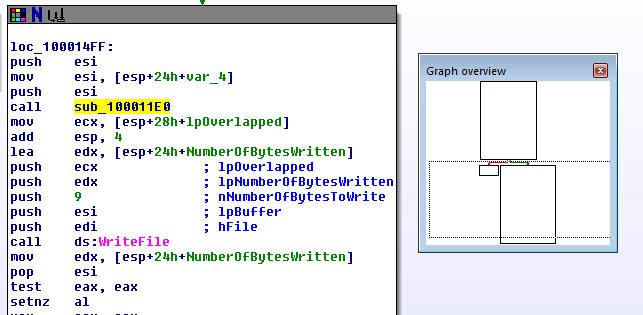
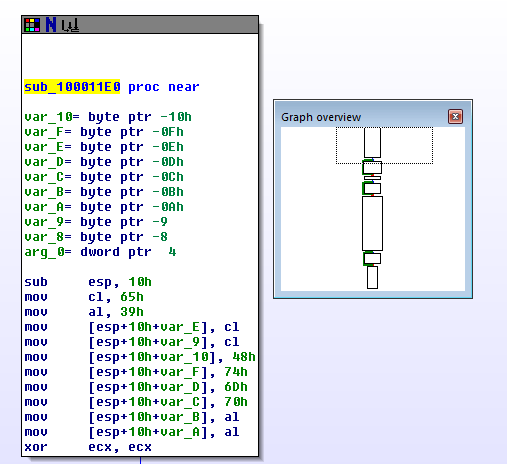
During my interactive testing with the IDA debugger I've never seen WriteUSB called though, so it's not related to device initialization and therefore not of immediate interest. In some of the documentation I saw functionality described that would allow you to send a calibration offset to the device to correct for sensor drift over time, so that's probably what WriteUSB will be used for. I might have to come back to it at a later time.
USBInit is disappointingly short:
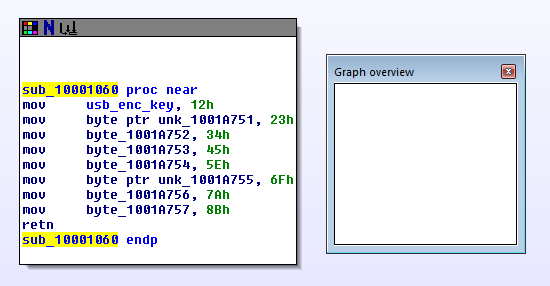
This function simply initializes the memory where the encryption key will be stored with a fixed value. I've never seen this value used, so it must be overwritten somewhere and the initial SET_REPORT must be generated.
After looking through the cross references on usb_enc_key I found this code in FindUSB:
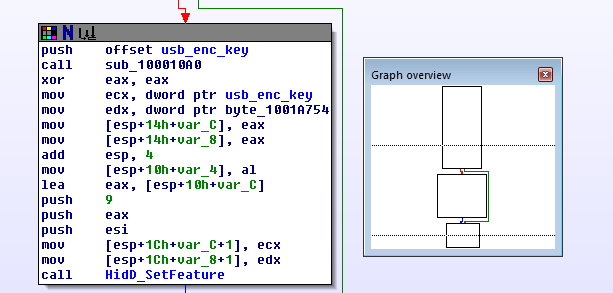
sub_100010A0 now is what actually initializes usb_enc_key with some pseudo-random stuff. It starts with a call to _time, has lots of magic numbers, and xors, and calls to _localtime. I post it here only for completeness' sake, I haven't actually looked at it in depth:

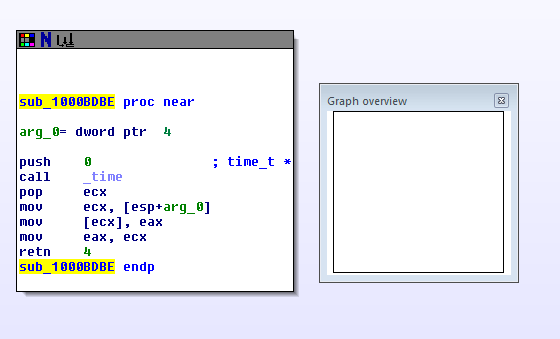
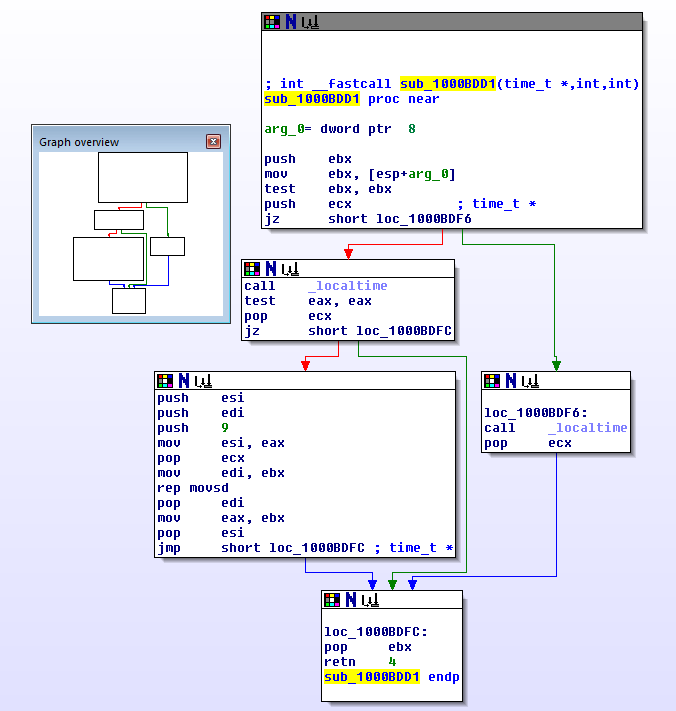
So, still what remains is getting data reporting started with Linux code. We'll look at both Python (because that's my preferred language) and Perl (because that's what FHEM is written in) implementations.
 Henryk Plötz
Henryk Plötz
Discussions
Become a Hackaday.io Member
Create an account to leave a comment. Already have an account? Log In.